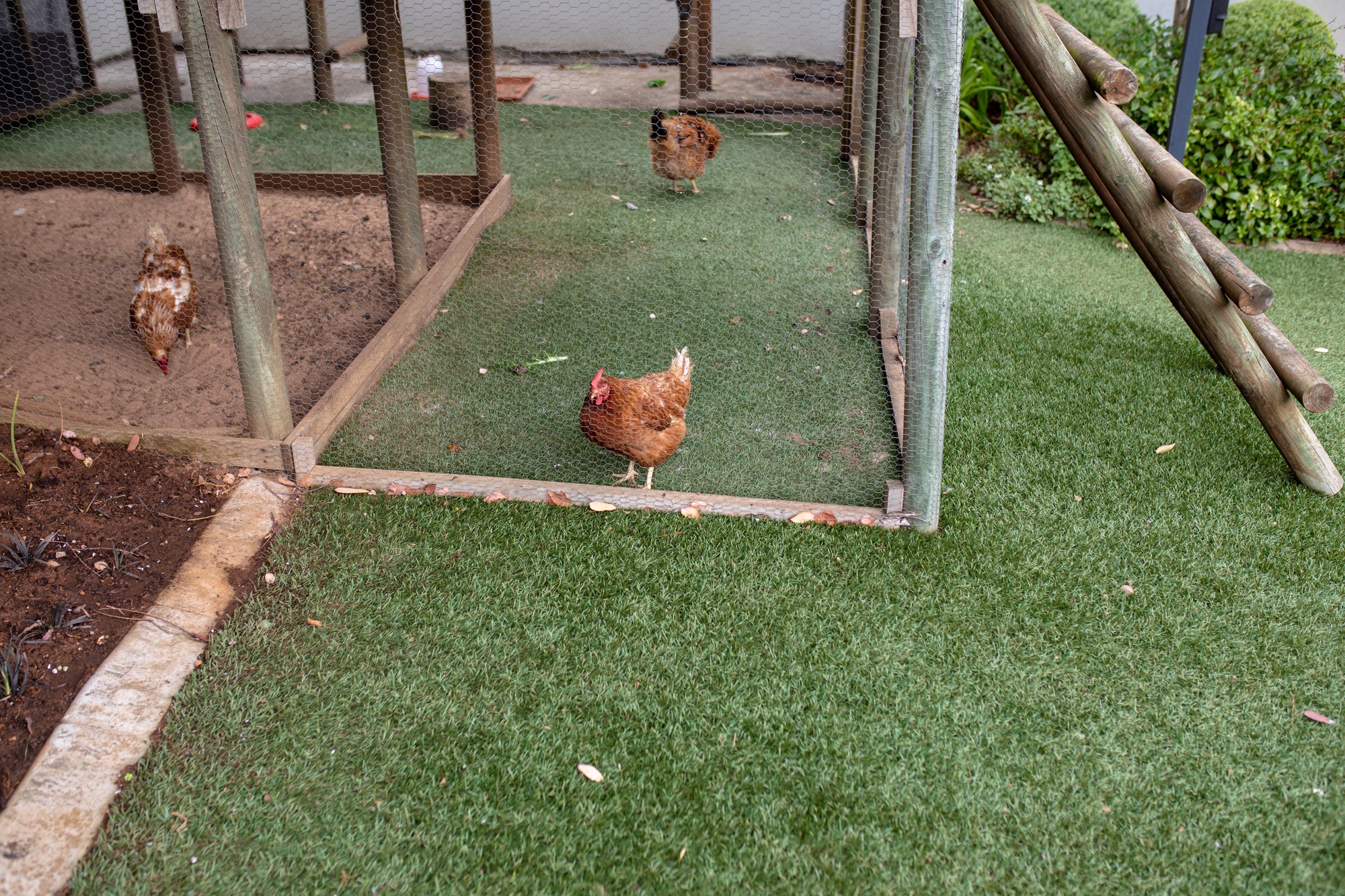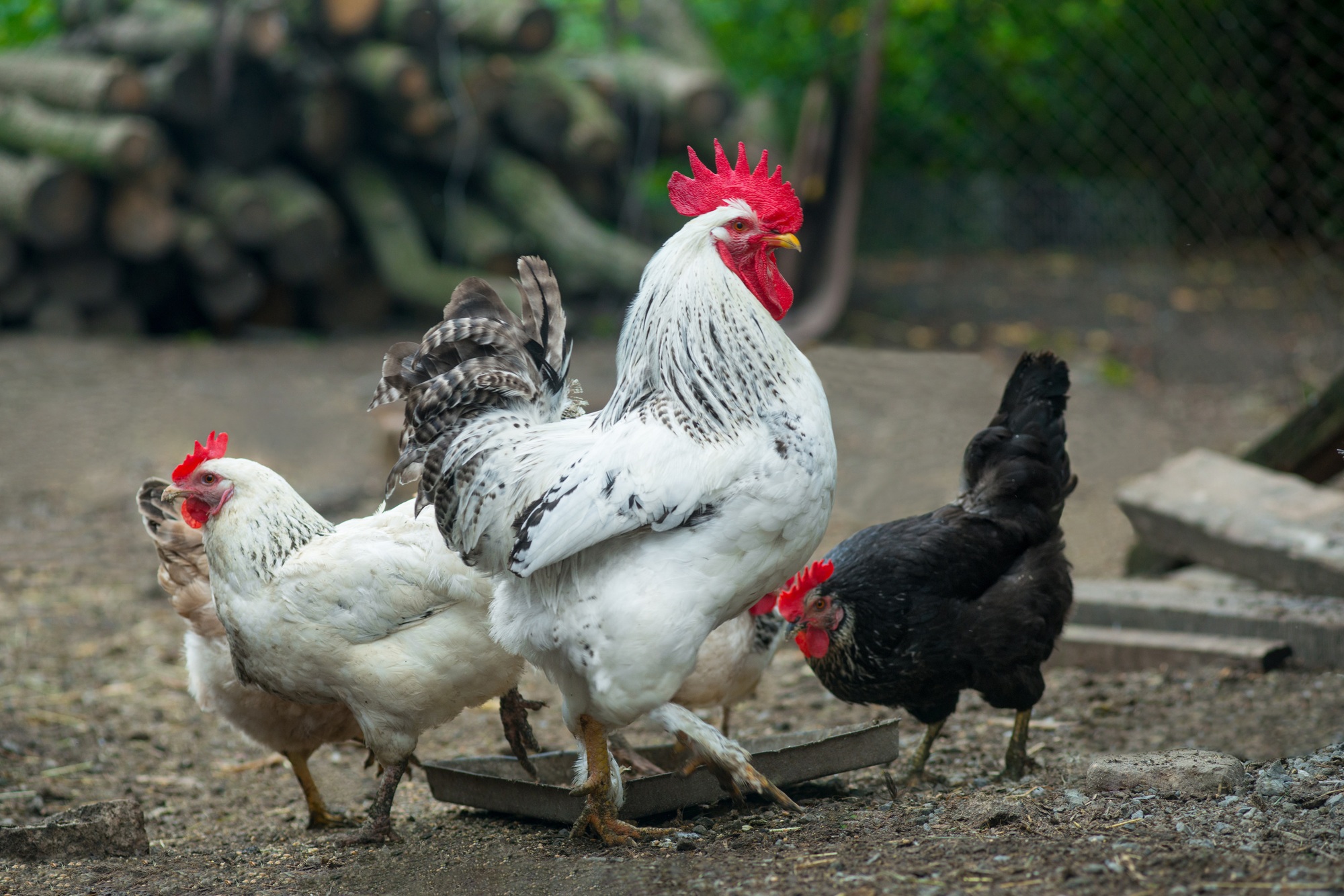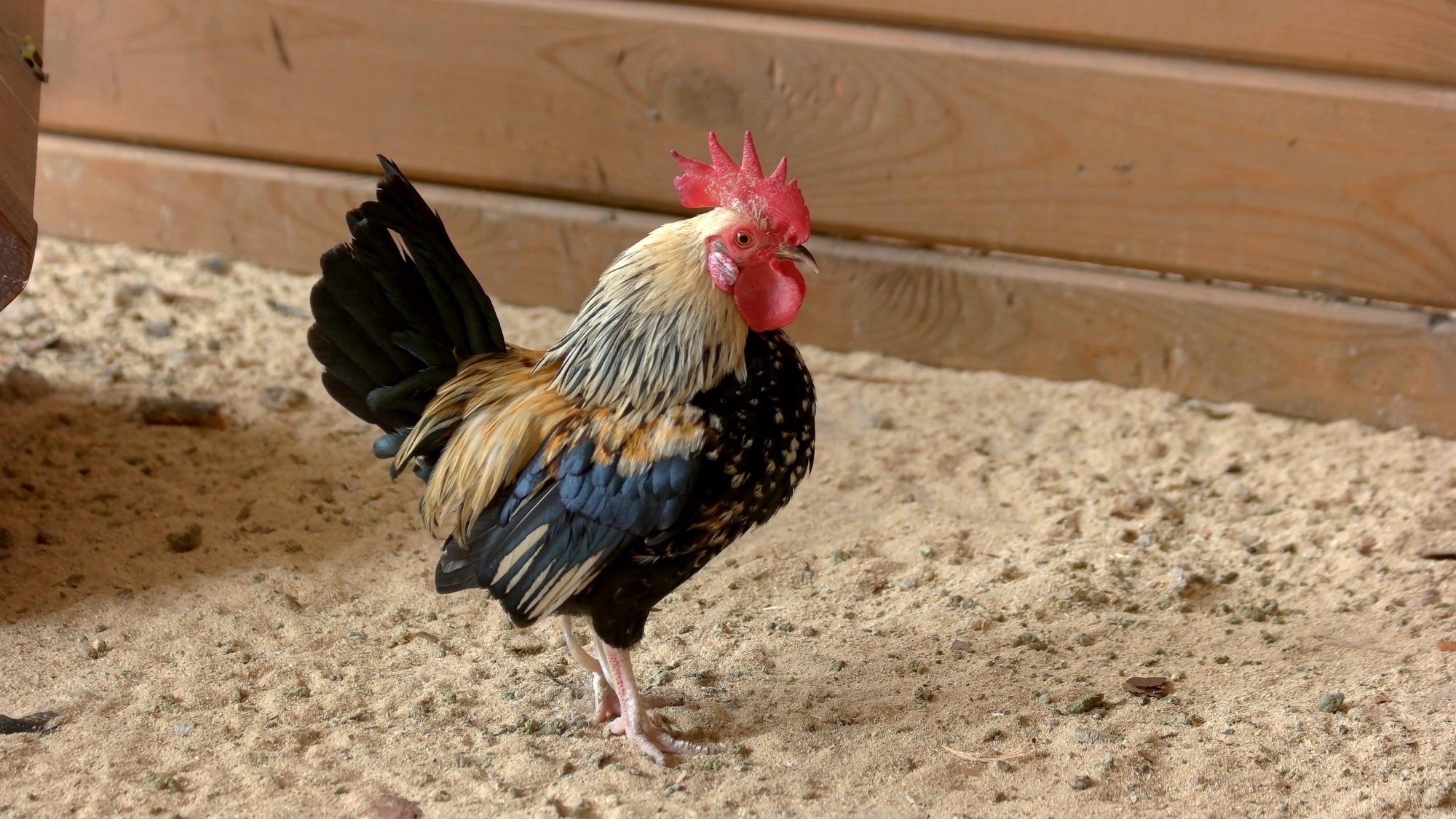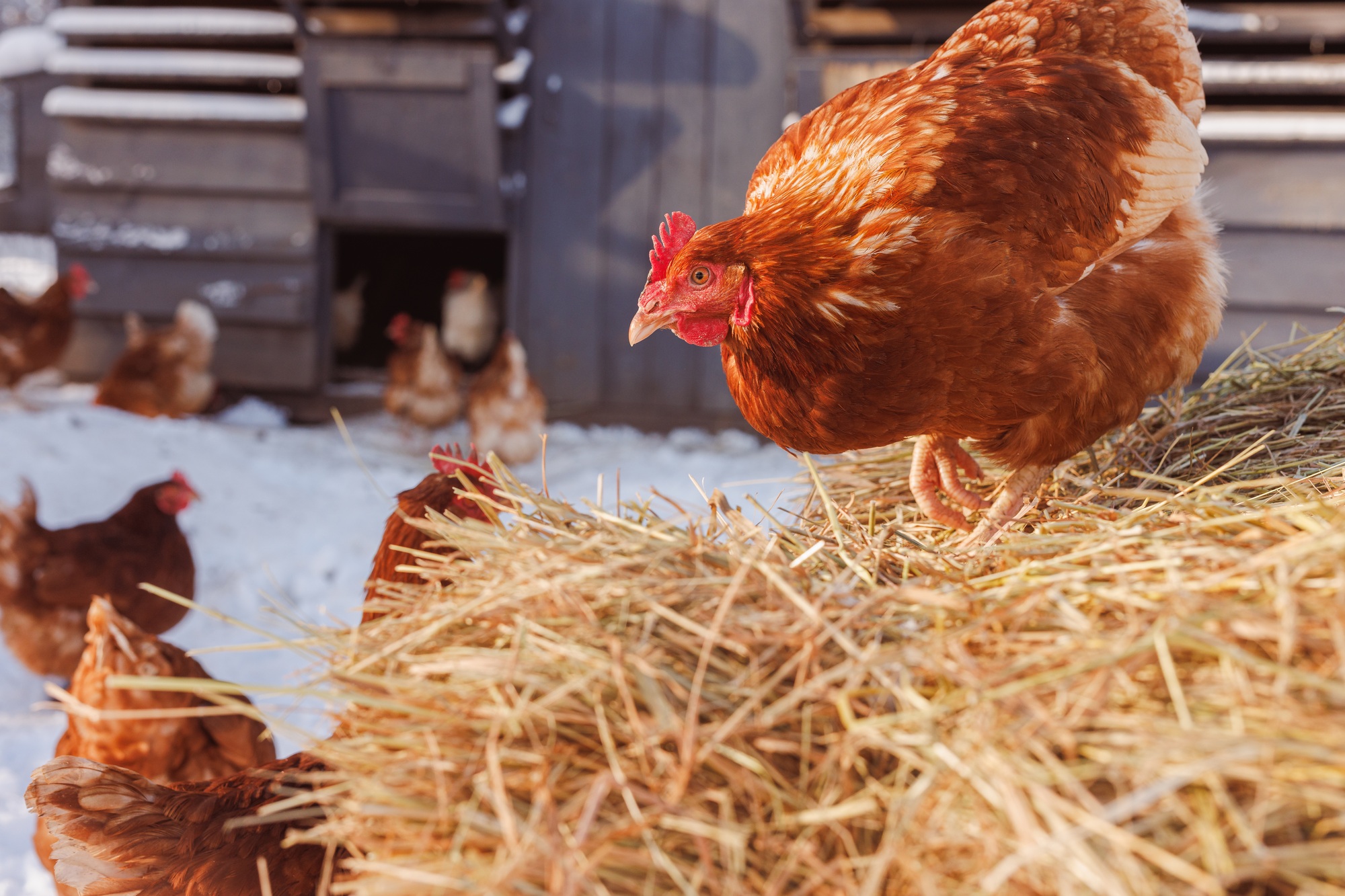Key Takeaways

- Understand the Poultry Industry: Recognize the growing demand for poultry products like chicken and eggs, and identify market opportunities to tailor your business accordingly.
- Types of Poultry Farming: Familiarize yourself with various types of poultry farming, such as broiler, layer, free-range, and backyard farming, to choose the best fit for your goals.
- Research and Legal Compliance: Conduct thorough research on your target market and understand the legal regulations and requirements necessary to establish a poultry farm.
- Location and Setup: Select an appropriate location for your poultry farm that allows for easy access to markets, promotes health and welfare for your birds, and meets environmental standards.
- Breed Selection: Choose poultry breeds based on your production goals (egg or meat), budget, and local market demand to enhance profitability.
- Marketing Strategies: Develop effective marketing strategies, including an online presence and local partnerships, to promote your poultry products and reach your target audience effectively.
Thinking about starting a poultry farm business? You’re not alone. With the growing demand for poultry products, diving into this venture can be both rewarding and profitable. Whether you’re aiming to supply local markets or expand into larger operations, understanding the basics is crucial for your success.
Understanding the Poultry Farming Industry

The poultry farming industry offers substantial opportunities for small business startups. Understanding this sector can help you capitalize on the growing demand for poultry products.
Market Trends and Opportunities
Market demand for poultry products, including chicken and eggs, continues to rise due to factors like population growth and increasing health awareness. In 2022, global poultry meat production reached approximately 133 million metric tons. You can target local markets or expand into larger distributions, focusing on niche products like organic or free-range options that cater to health-conscious consumers. Establishing partnerships with local retailers or restaurants can also enhance your market presence and profitability.
Types of Poultry Farming
You’ll encounter various types of poultry farming operations, each with distinct characteristics. Here are the primary types:
- Broiler Farming: Focuses on raising chickens for meat. These birds grow quickly, reaching market weight in about six to seven weeks.
- Layer Farming: Involves raising hens primarily for egg production. Layers can produce around 250 to 300 eggs annually.
- Free-Range Farming: Allows birds access to the outdoors, promoting natural behaviors and improving quality, appealing to consumers seeking humane options.
- Backyard Poultry Farming: Ideal for small-scale producers, it allows you to grow various birds, such as chickens, ducks, and quails, for personal consumption or local sales.
Exploring these types will help you make informed decisions on how to start a business tailored to your interests and market needs.
Initial Steps to Start a Poultry Farm Business

Starting a poultry farm business involves several key steps that set the foundation for your venture. Each step requires careful consideration and planning, ensuring your small business meets the demands of the market.
Research and Planning
Research your target market, focusing on the demand for poultry products in your area. Understand consumer preferences, pricing strategies, and competition. Develop a business plan that outlines your goals, operational strategies, and financial projections. Choose between broiler farming, layer farming, or a combination based on market insights. Additionally, consider the costs associated with startup, feed, equipment, and maintenance to frame a realistic budget.
Legal Requirements and Regulations
Determine the legal requirements for your poultry farm business based on your location. Obtain the necessary permits and licenses as required by local and state regulations. Compliance with health and safety standards is crucial for your startup’s legitimacy. Understand zoning laws that dictate where you can establish your farm, ensuring the location aligns with your business plan. Familiarize yourself with animal welfare laws to uphold ethical standards in poultry farming.
Selecting the Right Location and Setup

Choosing the right location and setting up your poultry farm are essential steps in how to start a small business. A well-thought-out site ensures operational efficiency and supports growth.
Choosing Suitable Land
Select land that meets specific criteria for effective poultry farming. Consider these factors:
- Proximity to Markets and Suppliers: Aim for a site within a 40 to 50 km radius of your target market. This distance facilitates easy transportation of poultry feed, chicks, and supplies.
- Accessibility: Ensure good road infrastructure is in place. Accessibility helps with deliveries, visitors, and worker commutes.
- Distance from Residential and Industrial Areas: Maintain at least a 1 km distance from residential and industrial zones. This minimizes complaints related to noise and odors from your farm operations.
- Environmental Considerations: Choose land that avoids flooding and extreme heat. A raised, well-drained site prevents flooding issues and supports healthy poultry growth.
Designing Your Poultry House
Design your poultry house with functionality and welfare in mind. Keep the following elements in consideration:
- Space Requirements: Allocate sufficient space per bird to ensure comfort and promote good health. For broilers, provide at least 0.1 square meters per bird, while layers require approximately 0.2 square meters.
- Ventilation and Temperature Control: Implement effective ventilation systems to regulate temperature and air quality. Good airflow enhances bird health and productivity.
- Lighting: Use natural or artificial lighting to regulate bird behavior and optimize growth. Proper lighting promotes activity and well-being.
- Biosecurity Measures: Design the poultry house with biosecurity in mind. Include entry points that limit disease transmission, such as footbaths and access control systems.
Creating the right location and setting up your poultry house effectively lays the foundation for a successful poultry farming startup.
Choosing the Right Poultry Breed

Selecting the right poultry breed is vital for your small business success. It influences your productivity, profitability, and market positioning. Consider your specific farming goals to make an informed choice.
Factors to Consider
- Production Type: Determine if you want to focus on egg or meat production. Your choice directly impacts breed selection.
- Cost and Budget: Analyze the costs associated with different breeds. Hybrids may require higher initial investments but can yield better returns due to faster growth rates or egg production.
- Local Demand: Research local market preferences. Aligning your breed choice with consumer demand enhances sales potential.
Popular Breeds for Beginners
For egg production, consider these breeds:
- Leghorn: Known for its high egg production, this breed is efficient and available in multiple colors, such as white and light brown.
- Rhode Island Red: This breed provides a good egg yield and is hardy, making it perfect for beginners.
- Australorp: Recognized for its excellent laying capabilities, the Australorp adapts well to various environments.
For meat production, these breeds are ideal:
- Cornish Cross: This breed is favored for its fast growth and high meat yield, essential for maximizing profitability.
- Jersey Giants: A traditional breed that, while slower to grow, offers substantial meat quality.
- Brahma: Known for its size and meat characteristics, Brahmas can be a solid choice for small business farmers focusing on quality.
- Cochin: This breed offers good meat but grows more slowly than hybrids, ideal for niche markets.
Understanding these factors and popular breeds helps you navigate how to start your poultry farm business effectively. Selecting the right breed aligns with your operational strategy, enhancing overall success.
Feeding and Care for Your Poultry

Feeding and care significantly impact the success of your poultry farm startup. Proper nutrition and daily routines enhance bird health and productivity, crucial for a thriving small business.
Nutrition Requirements
Provide balanced feed tailored to the specific age and purpose of your poultry. A quality feed generally consists of proteins, carbohydrates, vitamins, and minerals. For example:
- Broilers: Require a high-protein diet for rapid growth. Use starter feed (22% protein) for the first three weeks, then transition to grower feed (18% protein) until market weight.
- Layers: Need a diet rich in calcium and phosphorus for optimal egg production. Layer feed typically contains around 16% protein and additional calcium sources.
- Free-range poultry: Might benefit from supplementary feeding during times of low forage availability. Utilize grains and greens for a well-rounded diet.
Regularly check feed quality, as spoilage can impact poultry growth and health. Adjust feeding practices based on consumption patterns and seasonal variations to ensure optimal nutrition.
Daily Care Routine
Implement a structured daily care routine to promote excellent health among your birds. Key tasks include:
- Feeding: Provide fresh feed at least twice daily, adjusting amounts based on age and breed.
- Watering: Ensure clean, fresh water is available at all times. Dirty water can lead to health issues.
- Cleaning: Maintain cleanliness in housing areas to prevent disease. Regularly remove waste and old bedding, and sanitize feeders and waterers.
- Health Monitoring: Daily observation for signs of illness or distress is essential. Isolate sick birds immediately to prevent spread.
- Inspection: Conduct weekly checks on housing conditions, ventilation, and infrastructure to ensure a safe environment.
These routine practices enhance the welfare of your poultry while maximizing productivity, making your small business more sustainable in the competitive market.
Marketing Your Poultry Products

Marketing your poultry products effectively boosts visibility and sales. Understanding both your audience and your offerings leads to better outreach strategies.
Identifying Your Target Market
Identifying your target market plays a crucial role in your poultry farm’s success. Your target market consists of consumers who are interested in your products, which can include families, restaurants, and grocery stores. Consider focusing on segments such as health-conscious consumers looking for organic or free-range eggs and meat. Understanding demographic characteristics, preferences, and purchasing behaviors enables you to tailor your marketing efforts effectively. For instance, engaging local restaurants can create unique partnerships, ensuring a steady demand for your poultry products.
Effective Marketing Strategies
Implementing effective marketing strategies enhances your poultry farm’s reach and drives sales. Consider the following approaches:
- Online Presence: Create a professional website showcasing your products, farm practices, and story. Use social media platforms like Instagram and Facebook to share updates, photos, and promotions.
- Farmers’ Markets: Participate in local farmers’ markets to connect directly with consumers. This face-to-face interaction fosters relationships and encourages word-of-mouth referrals.
- Advertising: Utilize local newspapers, radio stations, or community bulletin boards for advertising. Highlight unique selling points, such as organic practices, free-range conditions, or superior taste.
- Sampling: Offer samples of your products at local events or stores. This tactic allows potential customers to taste the quality of your poultry, increasing the likelihood of purchase.
- Customer Loyalty Programs: Establish loyalty programs that reward repeat customers with discounts or free products. Such incentives encourage ongoing patronage and enhance customer engagement.
These strategies position your startup for growth in the competitive poultry market, facilitating sustainable business development.
Conclusion

Starting a poultry farm business can be an exciting journey filled with opportunities. By understanding the market and selecting the right type of poultry for your goals you can set the stage for success.
Investing time in research and planning is essential to navigate the challenges and ensure compliance with regulations.
With the right location proper care and effective marketing strategies you’ll be well on your way to building a thriving poultry enterprise. Embrace the process stay informed and adapt to market demands to achieve your vision in this rewarding industry.
Frequently Asked Questions

What are the benefits of starting a poultry farm business?
Starting a poultry farm can be rewarding due to the rising demand for poultry products, driven by population growth and health awareness. This venture offers opportunities for profitability and can serve local or larger markets. Additionally, farmers can choose from various production types, such as broiler or layer farming, allowing for customization based on individual interests and market needs.
What types of poultry farming are there?
There are several types of poultry farming, including broiler farming (for meat), layer farming (for eggs), free-range farming (more natural habitat), and backyard farming (small-scale, often for personal use). Each has unique benefits and requirements, helping farmers make tailored decisions based on their goals and local market demands.
What initial steps should I take to start a poultry farm?
Research and planning are crucial for starting a poultry farm. Analyze your target market, consumer preferences, and competition. Develop a comprehensive business plan that includes operational strategies and financial projections. Ensure compliance with legal requirements, such as permits and health standards, to lay the groundwork for a successful venture.
How do I choose the right location for my poultry farm?
Select a location within 40 to 50 km of your target markets for easy access. Ensure the site is away from residential and industrial areas to minimize complaints. Consider environmental factors like flood risk and extreme heat, as these can impact poultry health and overall productivity.
What should I consider when selecting poultry breeds?
Select poultry breeds based on your production type (meat or eggs), costs, and local demand. Popular breeds for beginners include Leghorn and Rhode Island Red for eggs, and Cornish Cross and Jersey Giants for meat. Aligning breed choice with your operational strategy is crucial for enhancing productivity and profitability.
How important is feeding and care in poultry farming?
Feeding and care are critical to a poultry farm’s success. Provide balanced, age-appropriate diets, such as high-protein for broilers and calcium-rich for layers. Establish a structured daily care routine that includes feeding, health monitoring, and inspections to ensure bird well-being and optimize productivity.
What marketing strategies should I use for poultry products?
Effective marketing strategies include understanding your target market, such as families and restaurants, and focusing on health-conscious consumers. Create an online presence, participate in farmers’ markets, and use local advertising to boost visibility. Customer loyalty programs and product samples can also enhance sales and market penetration.
Image Via Envato: safakc1, AydinovKamran, kolesnikovsergii, stockfilmstudio, Pressmaster, YuriArcursPeopleimages, miraclemoments, Wavebreakmedia, Maryna_Vagonetochka



